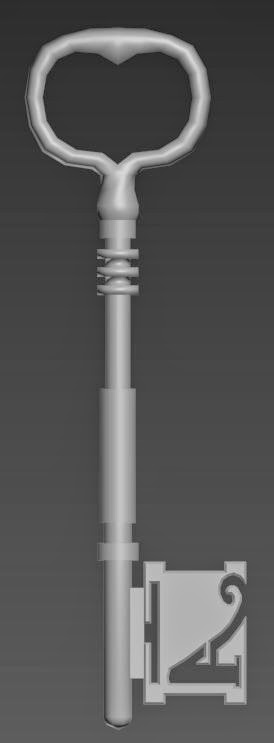This week I received the engine file back from max, he has
created the first area in a Lewis Carrol fine liner style. So with the engine
file I created the first puzzle (almost).
The puzzle goes as follows:
Arrive at door too small to go through
Turn around and find a table with a bottle on it
Drink bottle and revisit door which has become much larger
Return to the table and see that it is much larger and that
there is a key on it
Find the cake and eat it
Return to the table and see that it is tiny
Return again to the door and see that it is also tiny
Begin to cry, tears turn into waves and you are pushed out
of the room
To make all of this happen it is a case of moving these
meshes in and out of the room that the player is in. So the room is empty when
you enter apart from the small door and a collision box at the door, once you
enter the collision box this tells the table and bottle to move into the room
out of the view of the camera, so when you go back the table will be in the
room as well as a new collision box to activate the next part of the puzzle. Moving
into that first collision box also moves the box itself out of the room so it
cannot be activated again. Then the same process of entering collision boxes to
move objects and new collision boxes into the room and removing old collision
boxes so they cannot be activated again.
This was my first time doing something this complex with
blueprints and took me all week, it’s just missing the last part where you are
pushed out of the room at the end, I will do this next week.











